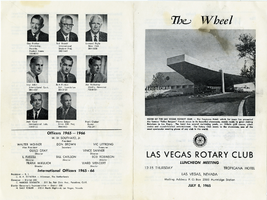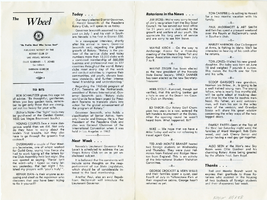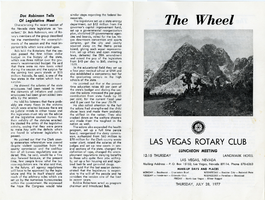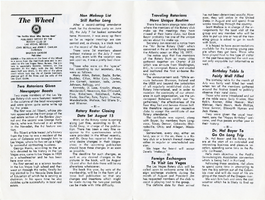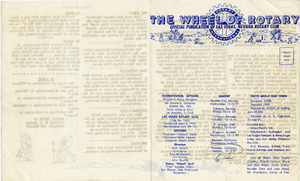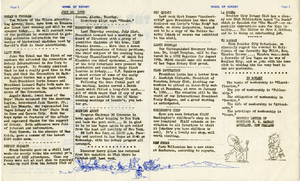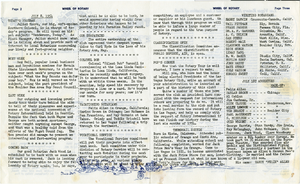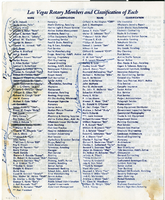Search the Special Collections and Archives Portal
Search Results
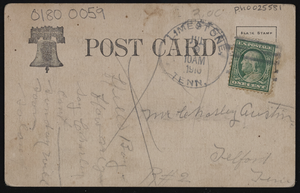
Back of postcard
Date
1910-07-09
Description
Back of the postcard features an inscription addressed to Charley Austin (?)
Image
Pagination
Refine my results
Content Type
Creator or Contributor
Subject
Archival Collection
Digital Project
Resource Type
Year
Material Type
Place
Language
Records Classification

